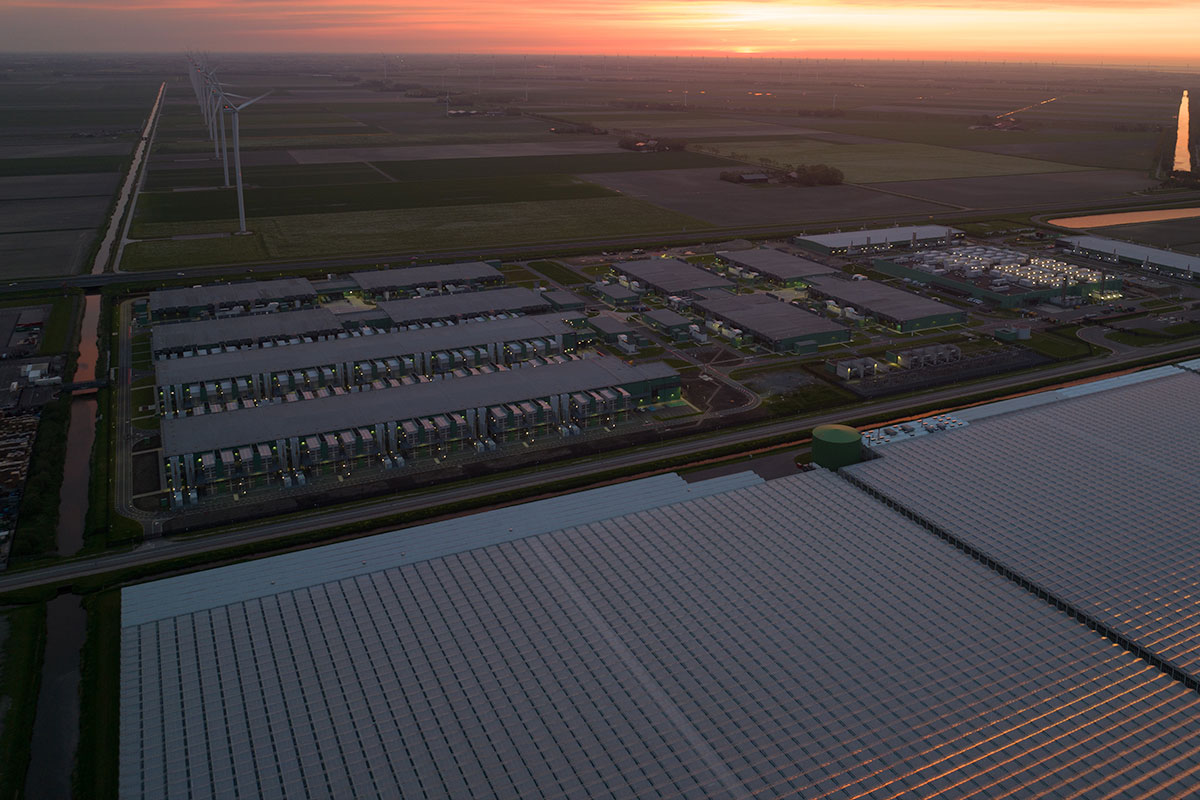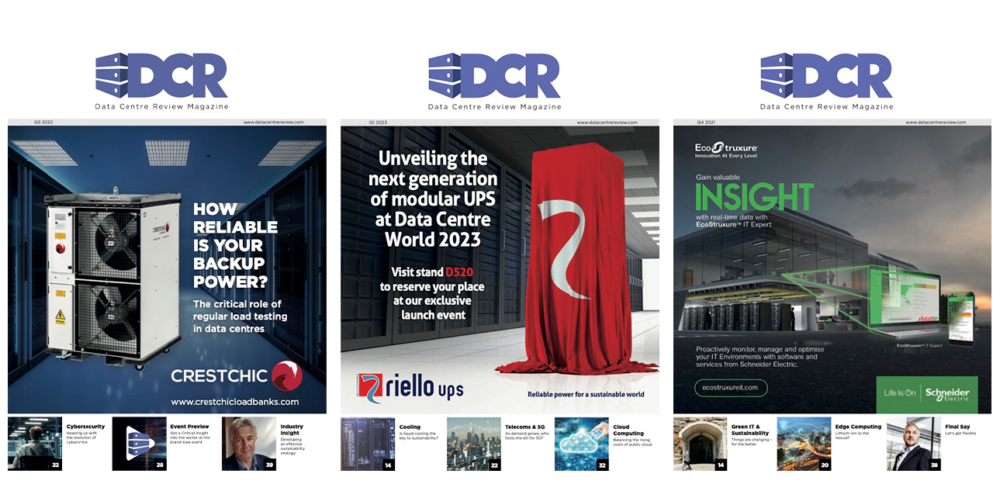Philip Silk, Development Director at Conrad Energy, argues that soaring UK industrial energy costs demand an immediate solution – and behind-the-meter might just be the best one on offer.
Keir Starmer has made it clear that he views artificial intelligence as having a key role to play in the growth of the UK economy. But if the benefits of AI are to be unlocked in the UK, the supporting infrastructure will also need to be built and that means more data centres. In light of the recently published Planning and Infrastructure Bill, intended to relax planning restrictions and get shovels in the ground on a host of projects across the UK, that should not be an insurmountable obstacle. However, planning restrictions are not the only concerns confronting would-be data centre developers.
Currently, the UK’s industrial energy costs are punishingly high. Indeed, it has been widely reported that the UK has the highest industrial energy prices in the world. Understandably, that has created some concern about whether it will be economical to run data centres once they have been built.
One solution that has been put forward is to build more data centres near renewable energy assets, and introduce zonal pricing into the UK’s energy market. Indeed, zonal pricing is already being considered as part of the ongoing Review of Electricity Market Arrangements (REMA). The logic underpinning this argument is relatively straightforward. Energy prices in the UK have risen in part because the share of power generated by renewable sources has increased and many of these renewable assets are in remote locations far from population centres.
The result is that whilst the cost of generating energy is not necessarily high, the cost of transmitting electricity from an offshore wind farm in the North Sea to the south of England drives up the price of energy considerably. Zonal pricing would see the UK’s electricity market divided into zones with prices varying based on the respective levels of supply, demand and available grid capacity, making electricity less expensive in the zones home to renewable energy assets.
There is much to recommend zonal pricing. This includes helping the market run more efficiently and flexibly than a single wholesale price allows for, and that it can help soften local opposition to new energy infrastructure by bringing sharp price reductions as a tangible benefit, helping to speed the energy transition. Whilst it would add additional complexity to the UK’s energy market, there are numerous examples of zonal pricing systems that prove it can work such as in some US states.
However, that does not necessarily mean that it is the right option to encourage a data centre development boom. For one, there are challenges associated with operating data centres at a geographical location a long distance from their customers, including putting in place the required fibre connections. For another, there is a more effective short-term alternative: behind-the-meter energy.
A question of timing
The best estimate is that it would take seven years to introduce zonal pricing across the UK. In the grand sweep of the energy transition, that is no reason to dismiss zonal pricing. After all, what is being attempted in decarbonising the grid is nothing short of the most radical overhaul in decades and this will take time.
The National Energy System Operator’s (NESO) pathfinder contracts, for example, is a long-term investment in delivering stability for the electricity network. Similarly, the reforms underway to speed up planning consents and deliver more grid connections are unquestionably a step in the right direction, but the logjam in the grid connections queue cannot be cleared overnight.
Expanding battery storage capacity will also help to ensure that power is available when it is needed, with batteries storing surplus electricity during periods of high generation, then releasing it into the grid at times of higher demand. This helps to reduce the reliance on non-renewable sources as well as helping to maintain stability. But again much of this technology is still in a developmental phase.
Data centres, however, can be built now, and are being built now. But if they are to be built at a scale that matches the Government’s ambitions, energy prices will need to come down to make it affordable to operate them.
The behind-the-meter solution
The reality is that whatever its merits, zonal pricing will not be introduced in this decade and, in the interim, high energy prices may remain a barrier to data centre development. But data centres can use behind-the-meter energy now to lower their energy costs, as well as gain security of supply and burnish their sustainability credentials. Indeed, there are a number of such projects already well underway.
Behind-the-meter energy refers to either building renewable energy assets directly alongside new data centres or building data centres near existing renewable energy assets, and plugging the data centres directly into these renewable sources. This can help to significantly reduce energy costs. Not only because behind-the-meter energy is less expensive than power purchased directly from the grid but also because there are a number of tax credit schemes that data centres that install renewable assets can take advantage of.
The capex costs of installing renewable assets also does not need to be a cause for concern. Instead of paying these costs, businesses can sign a Power Purchase Agreement (PPA) with an energy provider. This will see the data centre purchase the energy generated by on- or near-site assets for an agreed price and duration, with the energy provider funding the installation of the assets in return.
Having access to generating assets on- or near-site also enables data centres to optimise operations by monitoring when renewable assets are generating most power. This in turn makes it possible for operators to make better-informed decisions on when to run particularly energy intensive operations, for example. These monitoring tools also enable data centres to demonstrate exactly how much renewable power they are using at any given time.
It is clear that action needs to be taken to lower what can be prohibitive operating costs for data centres. There is also little doubt that supplying them with low cost renewable power is likely to be the best way of doing this. Behind-the-meter energy provides a straightforward route to achieving that aim. There are also a number of other co-benefits to behind-the-meter energy, including that behind-the-meter energy is available now, is affordable for data centre operators, and can help them optimise their operations. That is a win, win, win.
Given a functioning zonal pricing system would not be up-and-running until 2032, the better choice for data centres is surely to embrace the solution that can be relied upon to deliver in the here-and-now.



